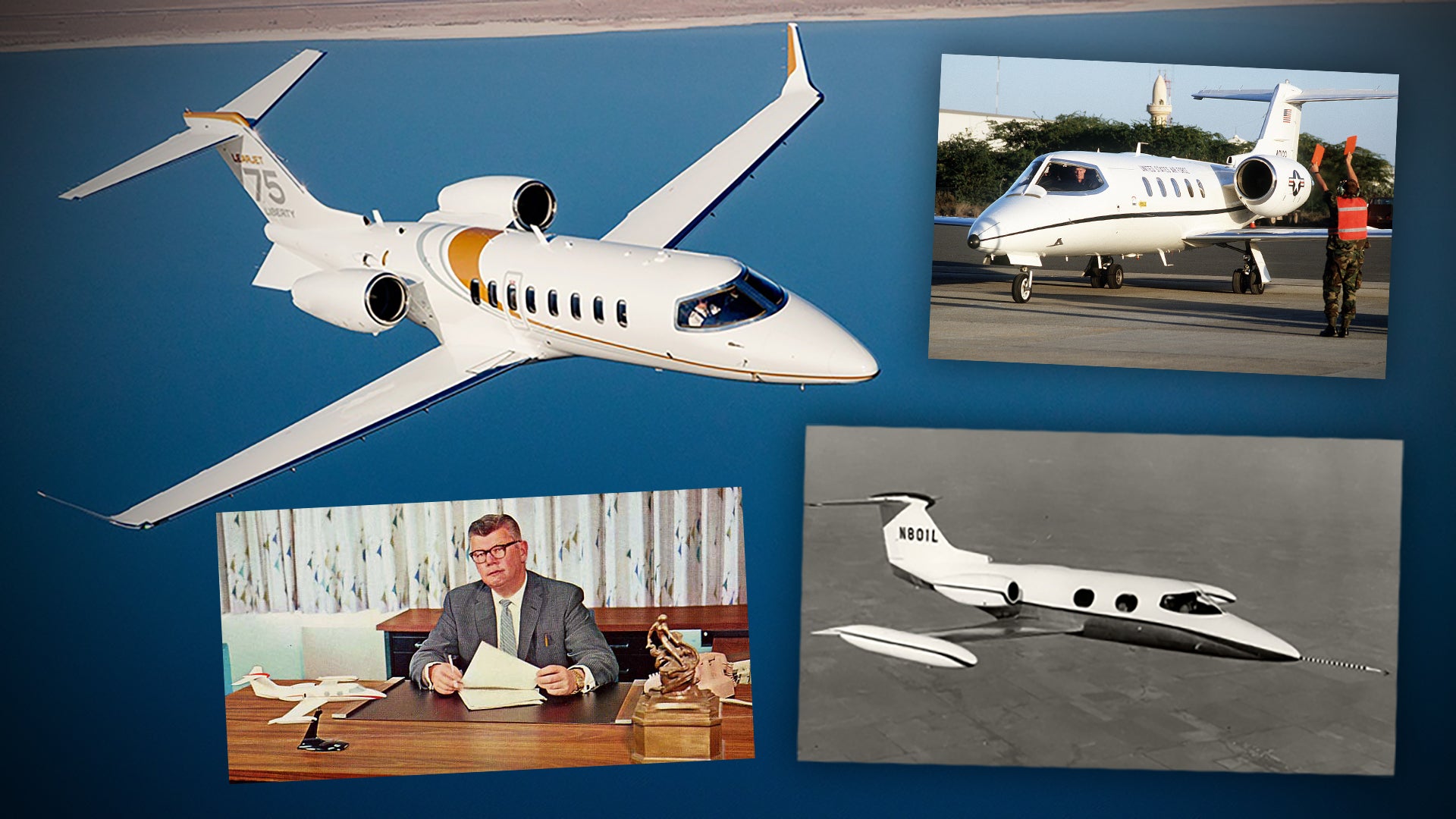It’s almost the end of the line for one of the most famous names in business aviation, or in aerospace altogether, with the news that manufacturer Bombardier is bringing production of the Learjet to an end this year. It’s a blow for the company’s 1,500-strong Wichita-based workforce, which will be cut back as a result, and it also brings the curtain down on what’s perhaps the world’s most familiar bizjet.
“With more than 3,000 aircraft delivered since its entry into service in 1963, the iconic Learjet aircraft has had a remarkable and lasting impact on business aviation,” said Éric Martel, Bombardier’s president and chief executive officer, in a statement today. “However, given the increasingly challenging market dynamics, we have made this difficult decision to end Learjet production.”
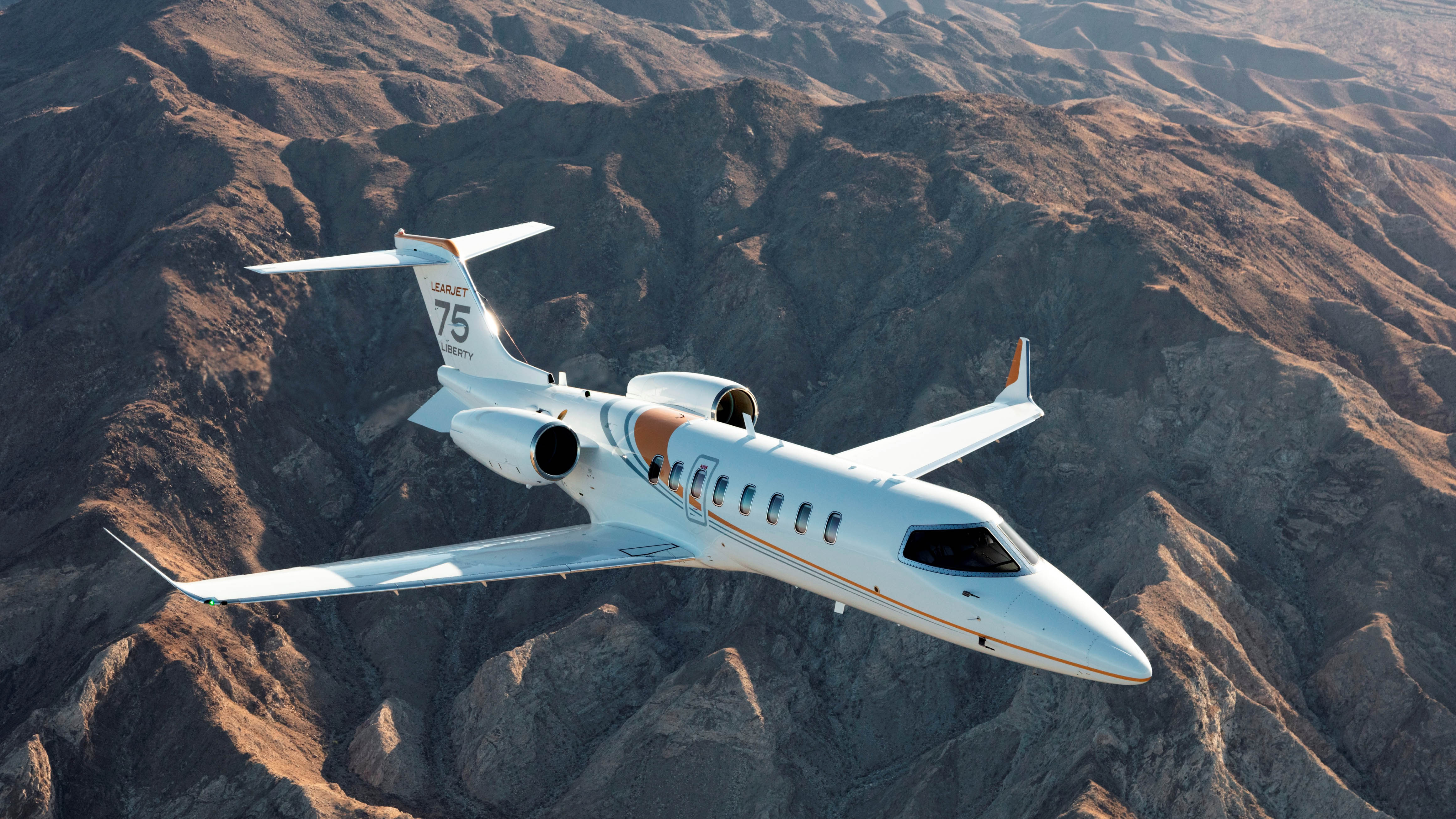
The most significant effect of the decision, which seems to have been influenced by changing market trends, which include much more competition in the light jet segment, as well as the ongoing COVID-19 pandemic, will be felt by the workforce of the Montreal-headquartered company.
In Wichita, around 250 employees can expect to lose their jobs in the next 12 months, once production of the Learjet winds down starting from this fall. There’s still the possibility that some of them could be reassigned to roles elsewhere in the company, but that would involve “collective bargaining” with Bombardier, according to the Wichita Eagle newspaper.
These job losses, however, are sadly just a fraction of those likely across the company as it restructures, weathering the storm that COVID-19 has wrought on the wider commercial aerospace industries. In all, 1,600 jobs are expected to be lost across the firm, around half of them in Canada.
However, while most of those job losses will be white-collar, office positions, the situation is different in Wichita, where most of those at risk are the shopfloor workers responsible for actually building the Learjets.
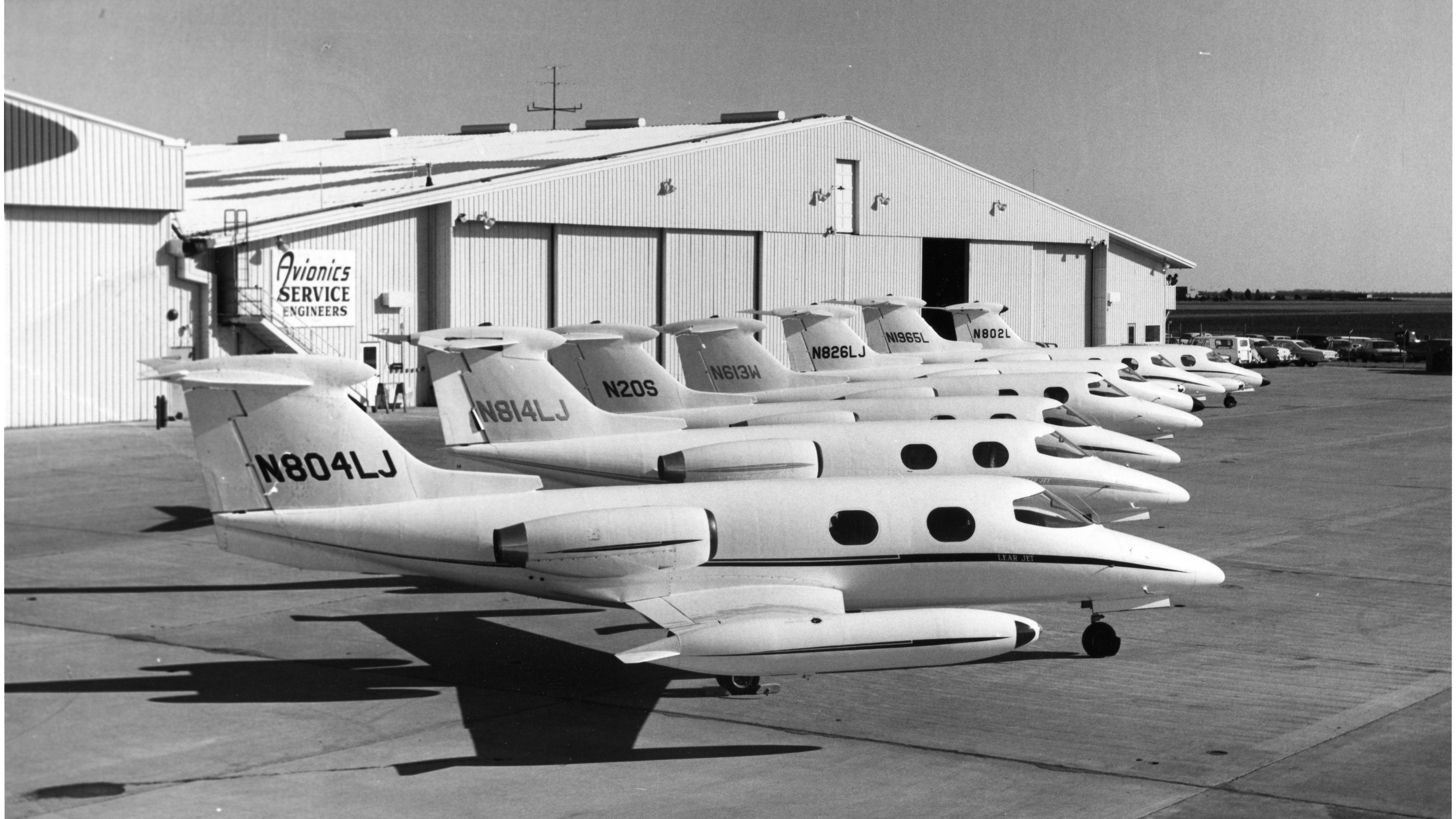
Martel described the reductions in the workforce as “absolutely necessary for us to rebuild our company while we continue to navigate through the pandemic.”
Among the changes coming into force, as well as a slimmed-down workforce, are an increased focus on providing services, while the manufacturing efforts in the bizjet segment will focus on the Challenger and Global Express aircraft families. Both these series offer considerably more potential for growth and development, and are meanwhile far more popular among customers.
That said, the decision doesn’t take anything away from the incredible legacy the Learjet has established. It’s little short of astonishing to think that the very first prototype Learjet took to the air in Wichita on October 7, 1963.
It was part of the first generation of bizjets but, remarkably, its design was inspired by the indigenous Swiss FFA P-16 single-seat fighter, which William P. “Bill” Lear encountered after he retired to Switzerland in the late 1950s. While the P-16 was never ordered in quantity, the Swiss-American Aircraft Corporation Learjet 23, as it was originally known, became a breakout success story.
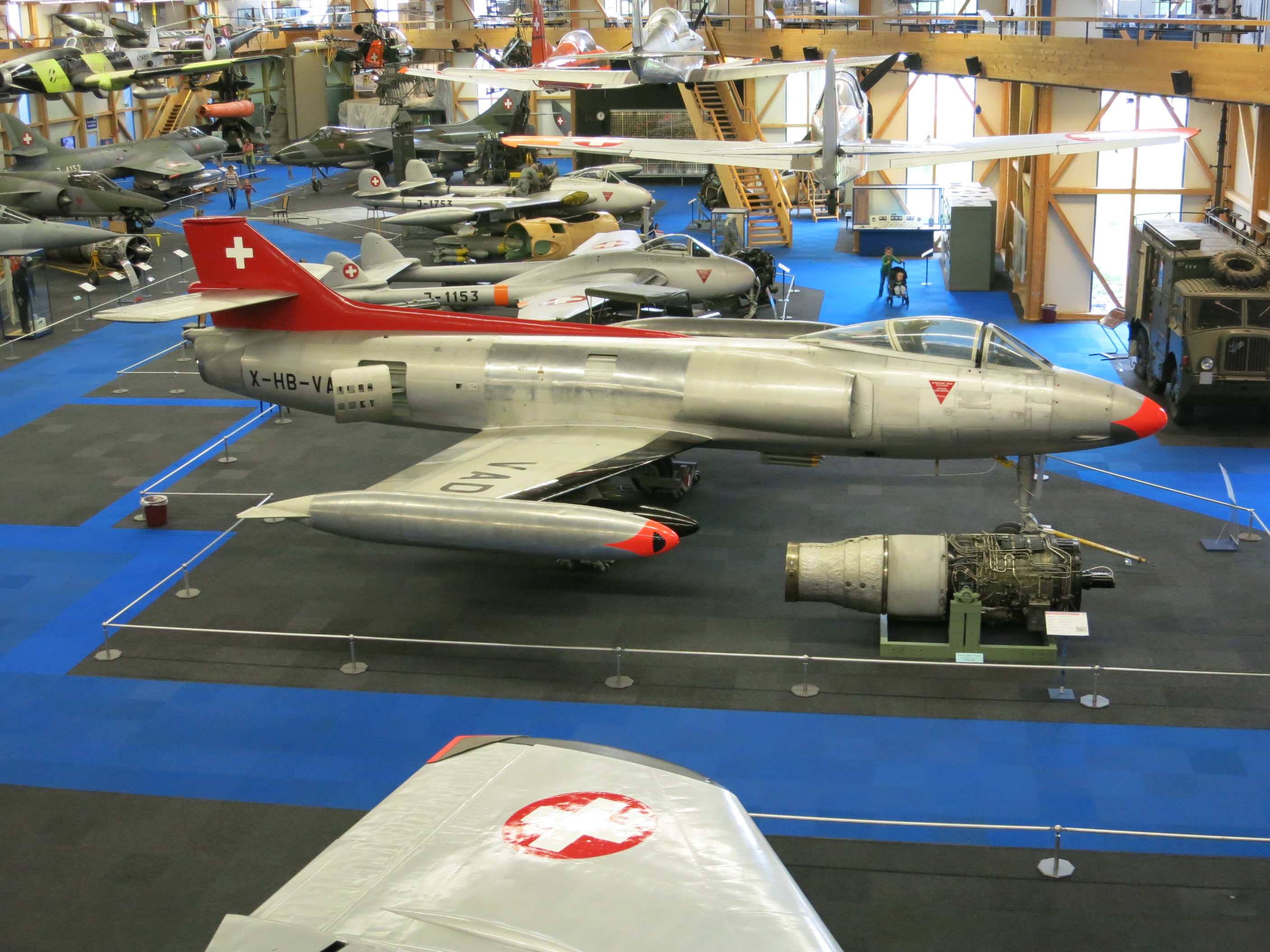
Fast, sleek-looking, and capable of being operated by a single pilot, the Learjet 23 was powered by a pair of General Electric CJ610 turbojets — a non-afterburning adaptation of the J85 powerplant used in the T-38 Talon jet trainer — and quickly won orders. The new bizjet reportedly boasted a higher initial climb rate than the F-100 Super Sabre jet fighter and the highest cruising altitude of any aircraft in its class.
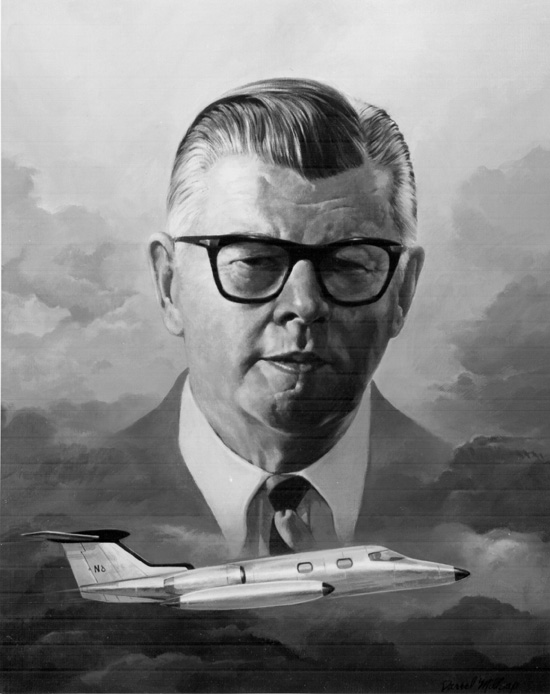
Other features included manual flight controls, but powered spoilers, a T-tail, and a fuselage that was just 62 inches wide and 54 inches high. In 1965, the manufacturer, by then named Lear Jet Corporation, began working on the Learjet 24, with an increased maximum takeoff weight, that was first flown on February 24, 1966.
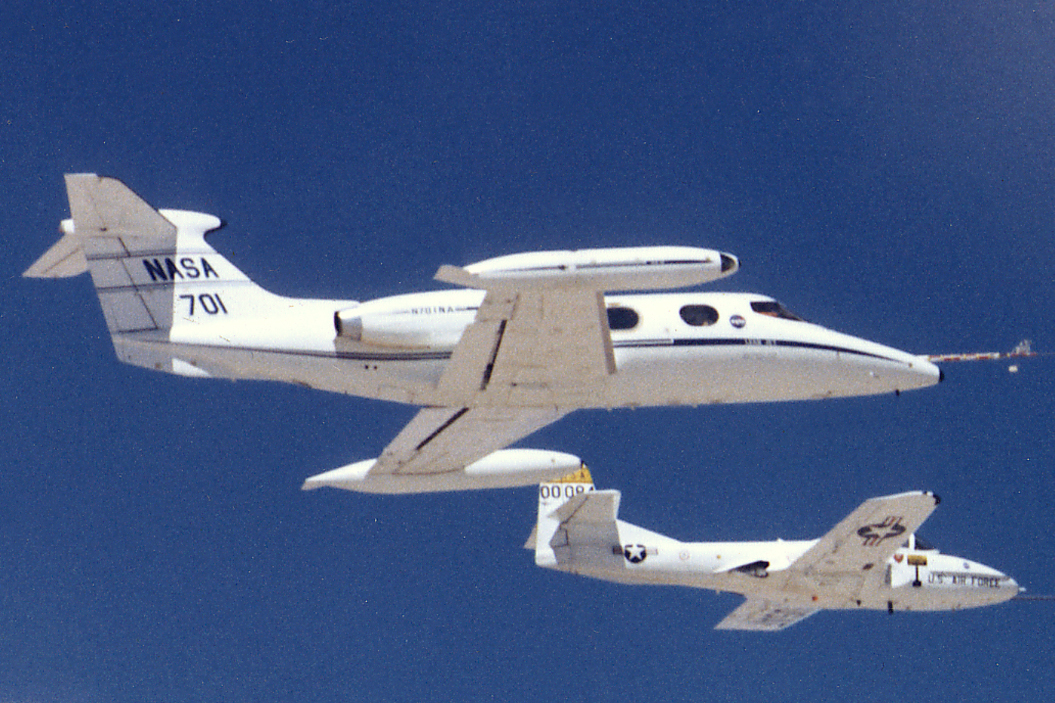
On its path to bizjet ubiquity, the Learjet soon became the choice of many of the rich and famous. Frank Sinatra traded his French-made Morane-Saulnier MS.760 Paris Jet for a brand-new Learjet 23 in 1965. He lent the jet to Elvis Presley when he and Priscilla Beaulieu flew to Las Vegas to marry, in 1967. The same plane also flew Sammy Davis Jr and Marlon Brando to Mississippi to join Martin Luther King Jr on a freedom march.
Ultimately, so great was the cultural capital enjoyed by the Learjet that, by the early 1980s, the company itself claimed its aircraft had appeared in more movies and TV shows than any other aircraft in history. Whether or not that is true, it has certainly enjoyed its fair share of iconic moments, including the final montage scene of Mad Men:

In 1966 the Lear Jet Corporation was taken over by the Gates Rubber Company, becoming Gates Learjet Corp. The same year saw the appearance of the stretched Learjet 25, with seating for 10 in a cabin that was 50 percent bigger, and slightly reduced range. Next came the Learjet 28 and the Learjet 29 Longhorn, only a few of which were produced, but they were the first in the family to add winglets for improved efficiency. Now a familiar feature on many commercial designs, the NASA-developed winglets were first employed on these aircraft. Between 1964 and 1982, 105 Learjet 23s, 255 Learjet 24s, and 368 Learjet 25s were delivered.
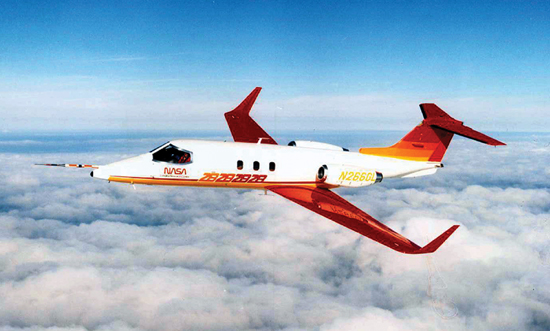
With the eight-seat Learjet 35 unveiled in 1973, customers could now receive all the benefits of more economical and quieter Garrett TFE731 turbofan engines, superseding the previous turbojets. The six-seat Learjet 36 was offered alongside it, and both featured slightly larger wings and a slight fuselage stretch. The Learjet 35 also became a firm favorite for the U.S. Air Force, which acquired it under the military designation C-21. Meanwhile, it was a Learjet 36 that golfer Arnold Palmer used to set a new round-the-world record in 1976, covering a distance of 22,984 miles in 57 hours 25 minutes, and 42 seconds. By the time production ceased in the mid-1990s, over 730 examples of the Learjet 35/36 had been sold.

In the meantime, the 10-seat Learjet 55 had been added to the family, together with the seven-seat, long-range Learjet 55LR, the even longer-range Learjet 55XLR, and the Learjet 55B with a modern glass cockpit, introduced in 1986. This series was the first in which the passengers could stand up in the cabin and it also added characteristic downward-sloping “delta fins” on the rear fuselage. A total of 147 of the different Learjet 55 models were built until 1992.
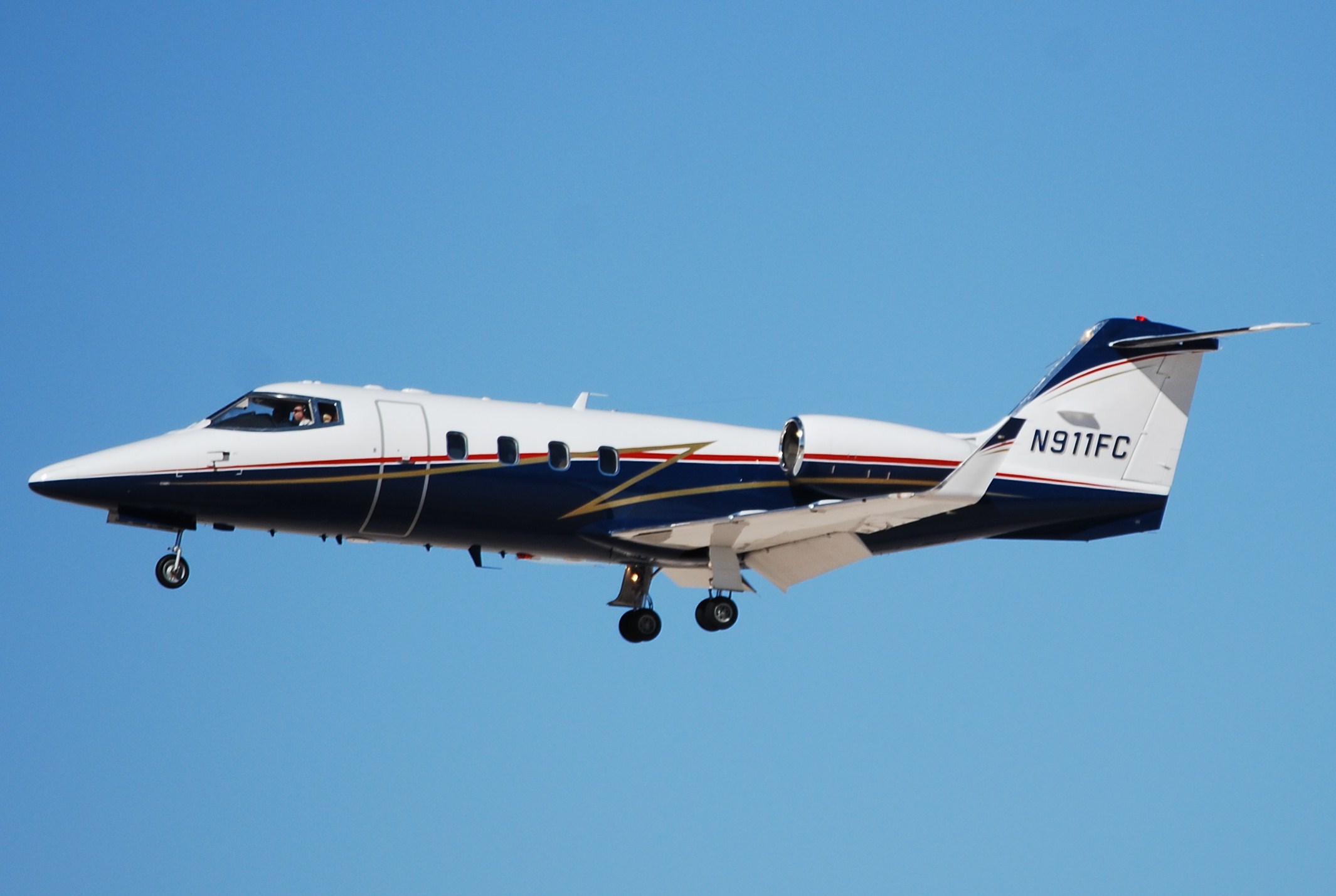
It was in 1990 that Bombardier acquired the Learjet line after Gates had begun to run into financial difficulties. The acquisition initially saw the bizjets built under the Learjet Inc. brand, and the new Canadian owner launched a whole new range of designs to ensure success in the 1990s and beyond.
The Learjet 31 combined the wing of the Learjet 55 with the eight-seat Learjet 35 fuselage and was the first of the “next-generation” Learjets. By the time the Learjet 31A was on the scene in 1991, the bizjet now had a fully integrated Bendix/King Electronic Flight Instrumentation System with five screens in the cockpit and a maximum speed of Mach 0.81.

The Learjet 60 that was first flown in 1990 was a replacement for the Learjet 55, and was the biggest Learjet to date, with seating for up to 12, and Pratt & Whitney Canada PW300
turbofans.
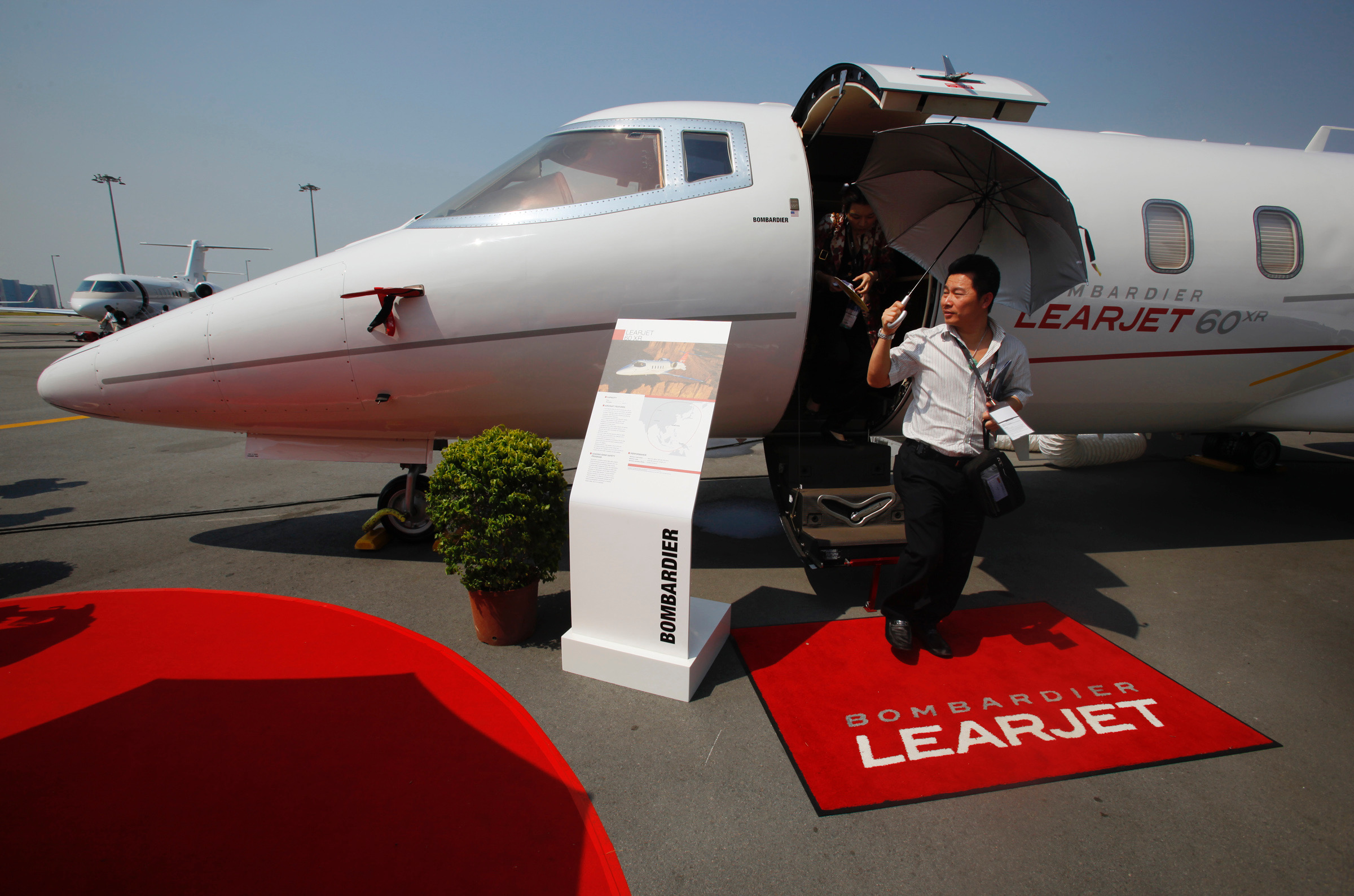
The first of the line to be designed entirely on computers, the Learjet 45, has seating for 10-11 seats and marked the first all-new addition to the family since the original Learjet 23. The shortened version is the Learjet 40, which replaced the Learjet 31 on the Wichita production line from 2002.
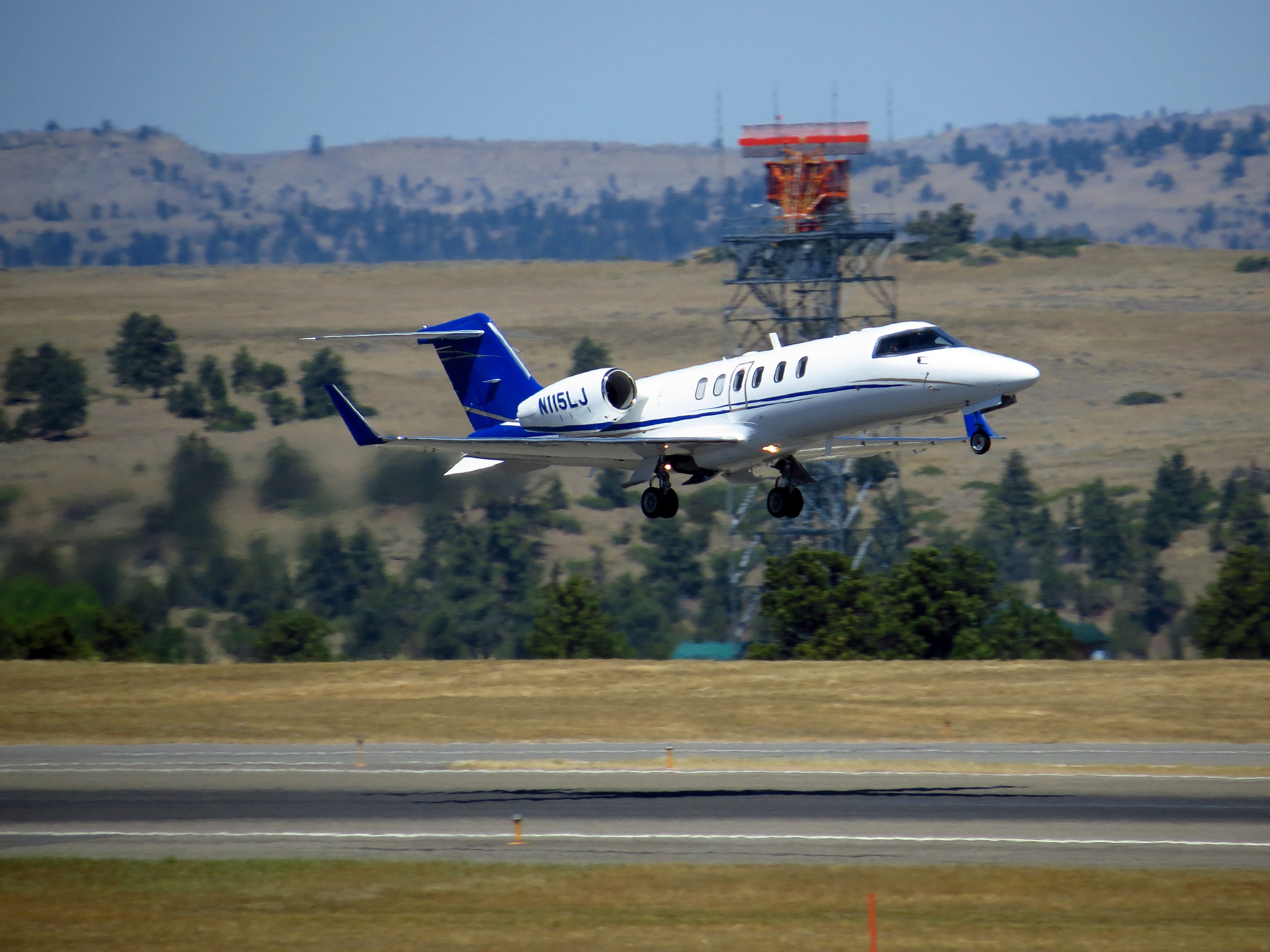
The last of the line will now be the Learjet 70 and Learjet 75, known as the Liberty, which began to be delivered in 2013. These are essentially updated Learjet 40/45 aircraft, with the latest equipment including touchscreen-controlled Garmin avionics and modern luxury interiors.
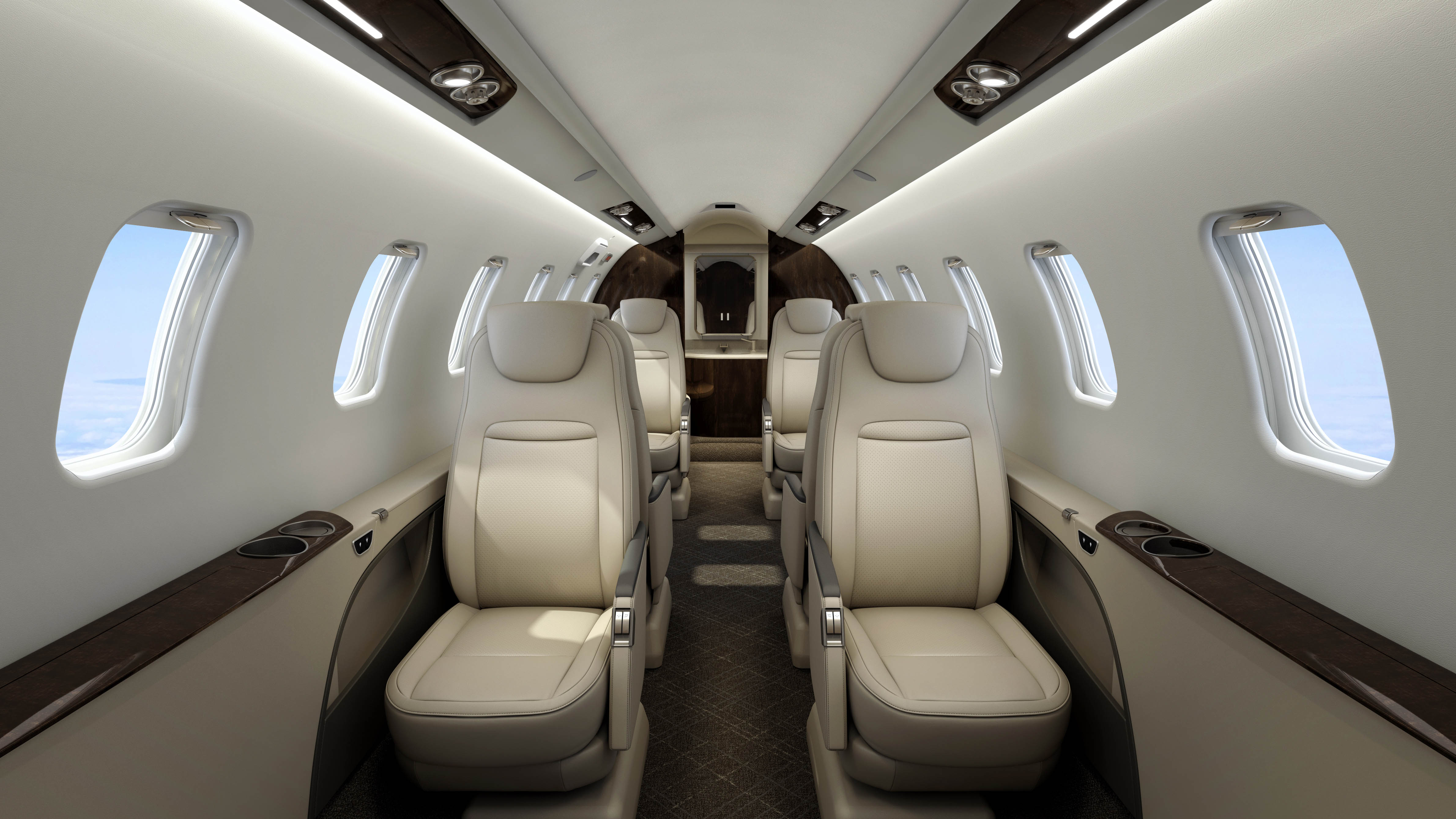
The familiar Learjet is not going to disappear from our skies anytime soon, though. With that in mind, Bombardier has announced a remanufacturing program for Learjet 40 and Learjet 45 aircraft, known as Learjet RACER. This is also part of the company’s increased focus on providing services for existing customers.
The Learjet is also likely to see many more years of service in the hands of contractors providing services to different armed forces around the world, with the Learjet having established itself, in particular, as a popular choice for adversary air support, including electronic warfare and target towing. Other examples are still going strong on radar mapping duties, and have even been used as air show performers.

The RACER process will include enhancements to the interior and exterior components, advanced avionics, high-speed connectivity, improved engines, and reduced maintenance costs. “The site will be busy,” Martel told reporters. “Wichita will remain a prime site for Bombardier.”
That welcome decision should also help keep the remaining workforce in Wichita busy, as they continue to keep work on the many existing Learjet aircraft that remain in use in North America and beyond.
Contact the author: thomas@thedrive.com
